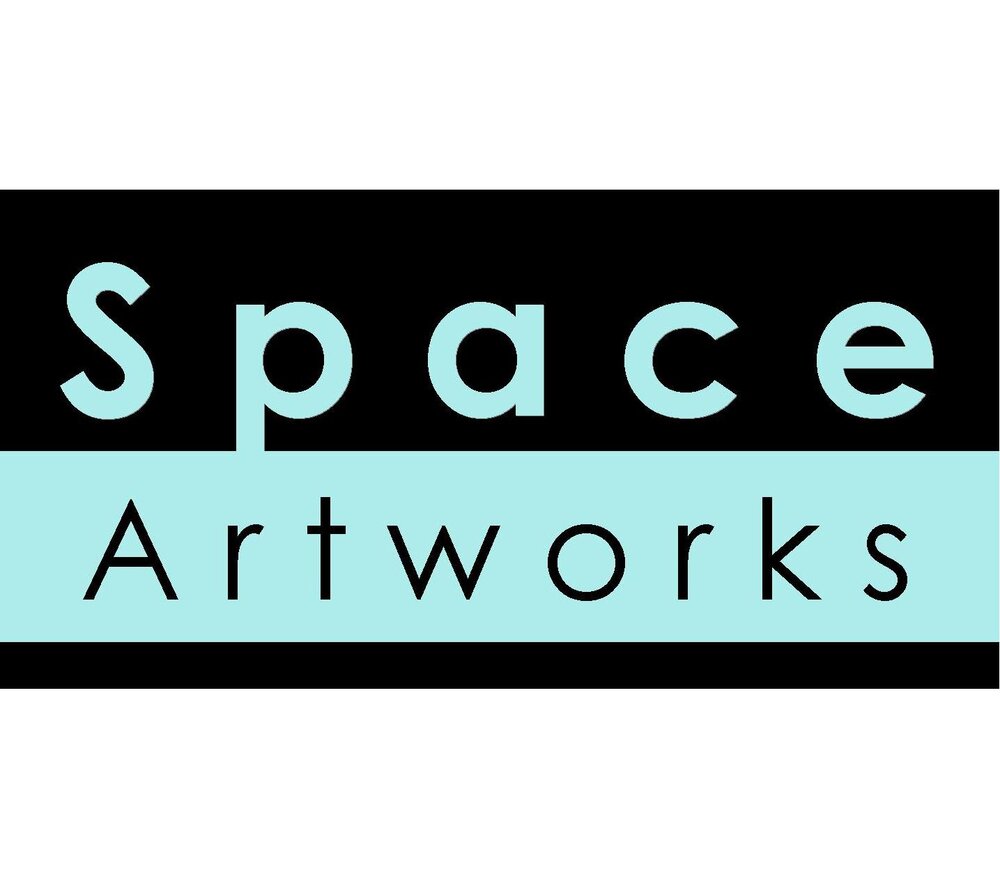For the month of May we are delighted to be exhibiting the landscapes and seascapes of Alastair Laing. Originally a calligrapher and graphic designer, Alastair only began to paint towards the end of his professional career. Since then he has developed a unique and recognisable style of work, featuring simple frameworks, strong horizontal and vertical axis and calligraphic shapes.
Our conversation gave him the opportunity to reflect upon the form and content of his work. In this post we share his fascinating insights:
You have previously worked as a calligrapher and graphic designer. What motivated you to move your focus to painting and fine art?
I am inspired by the many ways Nature offers ever-changing scenes over the seasons and within the day, learning to love and enjoy the visual world and responding to how different seasons change the dynamics of the same view, and the power of unexpected light and colour combinations in the sky, ever changing and often breath-taking in quality, and how these allow you to play with different colour values, patterns, textures, shapes and arrangements.
Is painting something you have always been interested in, or did the interest develop later in life?
I have always been interested in the development of painting as a form of self-expression or story-telling, and enjoyed immensely the opportunity to help others 'see' and respond, rather than just look, as they worked through their paintings. The opportunity to work through the creative process of painting only arose for me towards the end of my professional career, as I prepared for retirement.
You have mentioned Paul Klee and the Vienna Secession as key inspirations for your work. Is there any particular way these surface in your work?
The stylised work of Art Nouveau, perhaps subconsciously through my daily encounter with the architecture of GSA when studying there, has always fascinated me, as has the ‘design of a possible world’, capturing nature in terms of primal images, attempted by Klee. So simple frameworks, strong horizontal and vertical axis and calligraphic shapes appear in unexpected ways in my work.
Your paintings focus on Scottish landscapes, with a particular emphasis on moments of human intervention or influence on natural environments – boats, monuments and buildings. Can you identify any reasons for your interest in these intersections between man and nature?
The journey to work from Haddington to North Berwick I travelled over forty years ago took a turn to the left towards Fenton Barns as you leave the charming village of Drem. At that fork, with Berwick Law in the distance, was a field used for show jumping practice. I was fascinated by the contrast of the coloured poles and planks used as jumps and the verdant hedges, fields and landscape - the intrusion of man-made pattern into a rich pastoral setting.
Look down on a clear day from the airplane and watch the landscape like a patchwork quilt, or the fascinating patterns as the paddy-fields trace the contours of the hill-sides. Sometimes human intervention can ruin the landscape, for example the growing number of single, isolated, wind turbines - but sometimes, as with the paddy-fields it can enhance the landscape.
Do you identify particular locations you wish to recreate as art and visit them to photograph or sketch? Or is your preference to work purely from memory?
I use a combination of both - mostly memory but backed up with references and research from photographs. Plus a huge amount of imagination!!
Do the places you chose to represent in your works ever have any personal significance? Imagined or real narratives? Particular theoretical underpinnings?
Taking the road from Balfron to Stirling, passing through Arnprior and Gargunnock along the Carse, you are faced with the edifice of Stirling Castle. The fortress built on the top of a massive naturally forming crag with steep cliffs on three sides dominates the landscape, as does its neighbouring Wallace Monument. Both are cultural and historical icons, as is Edinburgh Castle and the Bass Rock. These four landmarks have been significant visual signposts on journeys from the houses I have lived in, and each have been etched in my memory.
You use a variety of mediums in your work. Are there any you particularly favour? Or find particularly challenging to work with?
I enjoy using water-based paints - they are easy use, dry quickly, too quickly at times, odourless and easy to clean up. Their opaqueness can be frustrating - but I enjoy building up layers of glaze, and see what happens. I like a challenge and every painting produces its own. But after ten years working on prepared boards with a flat surface which first have washes of acrylic inks, or layers of tissue paper, I am experimenting with gesso primer to create a textured surface before underpainting.
Your works often explore the tensions between spontaneity and risk, and a more controlled approach. Does the medium you use affect how spontaneous or planned out the works themselves end up being? What is your current preferred way of working – planned, spontaneous, or some mix of the two?
I greatly admire my artist friends who have the skill, confidence and extrovert personality to paint spontaneously, and GSA has a renowned reputation for producing painterly painters. I am more comfortable working in a more planned way - perhaps developed through design practice. That doesn’t mean I have every stage of the process pre-ordained. I have no fixed idea of how a painting will end up, and try to keep an eye open for ‘happy accidents’ as they occur. I enjoy trying colour combinations, or arranging the limited range of abstract calligraphic shapes, and am entering a new period of working onto created textures.
Alastair's work will be exhibited in Space Artworks, 410 Morningside Road, from May 4th- May 31st. The gallery is open Tuesday 11am-5pm, Wednesday 11am-5pm, Thursday 1pm-5pm, Friday 11am-5pm and Saturday 11am-5pm.



